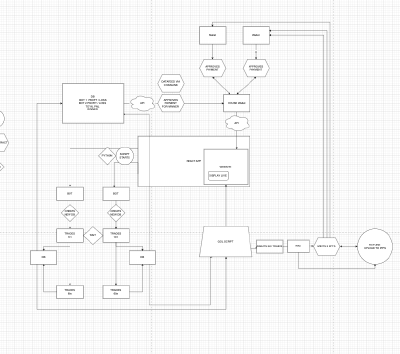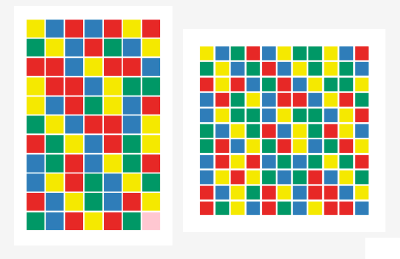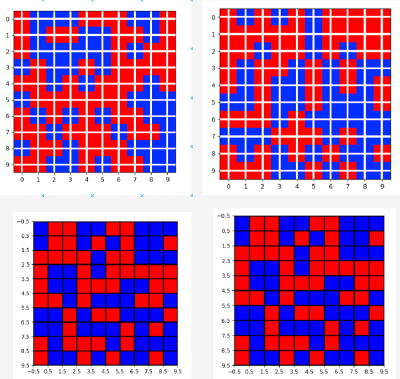To win or not to win, fight for survival, dominate the opponent or get wiped out. Our everyday life is filled with up with situations that we consider fights.
Fighting for love, peace, food or social expectance, fights between friends and the every day grinding fight for money and existence.
If life is a game who's your most valuable player on the field? Yourself!? Or a machine you sent to work for you?
TBA lets you sent a fighter to most speculative battleground up to date - the crypto markets.
In the game of speculation your bot trades the coin of your choice against the dollar and against your opponents choice. May it generate wealth for you. But to succeed here is not enough, so others also must fail. Therefore after a period 101 draws in peace the automatic machines will start fighting for space on a grit of 420 spaces with 69 extra moves.
While the financial outcome of the bots is pure speculative and a gamble TBA rewards taking risk with minting an art work connected to an NFT. The artwork visualizes how your chosen strategy worked out against the market and against your direct competitor and is as well tradable on a similar market that covers all the mentioned aspects of speculation and gambling as well, the art market.
The following is the model of a digital game, where I try to combine generative art with crypto market, where the user can interact with a protocol and the initial decision of the consumer have an impact on the generated outcome. TBA lets you sent a fighter to most speculative battleground up to date - the crypto markets.
In the game of speculation your bot trades the coin of your choice against the dollar and against your opponents choice. May it generate wealth for you. But to succeed here is not enough, so others also must fail. Therefore after a period 101 draws in peace the automatic machines will start fighting for space on a grit of 420 spaces with 69 extra moves.
On the inspiration of industrial color card patterns Gerhard Richter painted his famous "192 Farben". The following series for "4900 Farben" could be seen as a kind of modular art work where, due to new arrangements, a randomized and unforeseeable outcome is possible, as the work "consists of 196 square elements, which in turn are composed of 25 squares each. The elements can be arranged in 11 core variations: from many smaller grid compositions of different sizes to just one large-scale work, always using all of the 196 panels."
With TBA I try to pick up the idea of a modular picture that is getting reassembled and redrawn again and again, with different outcome. Here the consumer assembles the foundation of how the picture will be drawn by choosing the strategy and the color pallet by picking the symbol. Further the outcome is visually unpredictable, even is the chosen strategy is picked thoughtfully.
First Trys:



